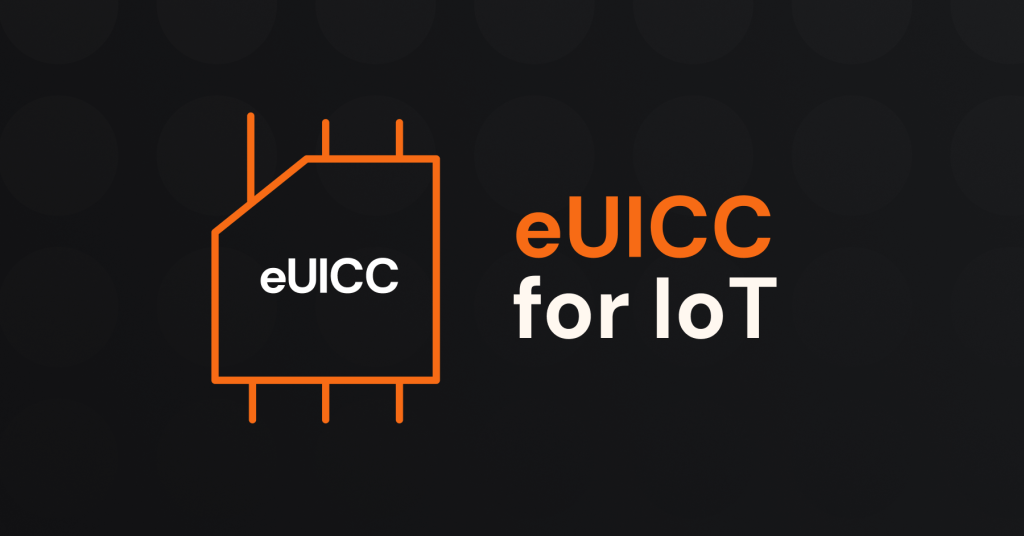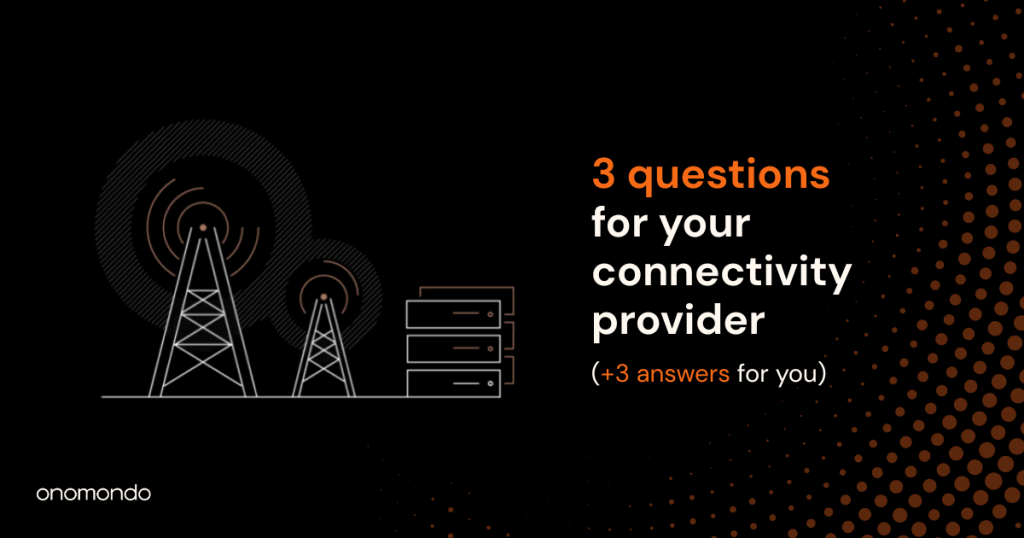One of the important components of mobile network devices is the IMSI number: a unique number consisting of fifteen digits used to identify, authenticate, and track the subscriber in a network. These digits comprise the Mobile Country Code (MCC), Mobile Network Code (MNC), and Mobile Subscription Identification Number.
The common denominator in the Multi IMSI vs. eSIM vs. UICC comparison is subscriber authentication. Once the subscriber is identified and authenticated, they are connected to GSM, UMTS, and LTE networks. A single IMSI SIM can handle only one Mobile Network Operator (MNO) subscription profile. In the case of the Multi-IMSI SIMs, it is a part of several carrier profiles. In this article, we will compare Multi IMSI vs. eSIM vs. UICC.
Table of Contents
Does eSIM have IMSI?
In networking devices using eSIM, eUICC software is deployed on embedded SIM hardware like MFF2. Unlike IMSI, the eUICC allows over-the-air provisioning of an initial operator subscription. eSIM comes with a single default profile. The other carrier profiles can then be downloaded over the eSIM. We may also see a price difference in Multi IMSI vs. eSIM vs. UICC comparison.
eSIM integration is much more expensive than the multi-IMSI SIM. However, the price is a one-time fee. In the case of using multi-IMSI SIMs, the Monthly Recurring Costs must be paid for all the carrier profiles to keep them active.
What is a multi-IMSI SIM?
While comparing Multi IMSI vs. eSIM vs. UICC, it is important to note that while eSIM and UICC are often compared, there are notable differences between them. eSIM is an Embedded SIM, which is a hardware component. UICC is the software component of a SIM card.
Another common mixup is between eSIM and eUICC, a different variation of the software component on a SIM card. However, the multi-IMSI needs to be integrated into a physical SIM. “Multi-IMSI” is an abbreviation for Multiple International Mobile Subscriber Identities. It holds multiple mobile subscriptions or pre-loaded IMSIs.
Similar to eUICC, multi-IMSI technology allows the profiles of multiple MNOs to be stored on a single SIM. The main practical difference is that with multi-IMSI, you often have a single primary MNO . Still, multiple subscriber identities make it a useful way to take advantage of roaming when coverage of the primary network provider is poor.
How does multi-IMSI work?
While manufacturing the multi-IMSI SIM card, multiple carrier subscription profiles are loaded onto the physical SIM card that can’t be changed afterward. You can select which network to use through the network device. For example, you can program the device to automatically switch to another network when you move to another country.
Application of multi-IMSI in IoT
When it comes to the IoT, the automotive sector has seen tremendous growth. The improved device uptime provided by multi-IMSI technology can help the IoT devices overcome the challenges that the IoT/M2M app faces when running on an IoT connectivity platform. Fleet management greatly benefits from network-independent connectivity.
IoT devices might need to change various networks and move along different locations. The cargo businesses cannot afford to lose the coverage or visibility of the location of the device or experience any gaps in the service. This might impact the metrics required to track and assess the performance of the IoT devices via cloud integration.
Benefits of Multi-IMSI
Regarding the network coverage of the MNOs , the quality may vary in different locations depending on the presence and distance of towers. Using a multi-IMSI SIM card allows you to access multiple networks in the country hence allowing you to choose the best network at that specific location.
While roaming is a good solution to join a network in a new country, it does have some downsides. Operators may change their rate structure without your knowledge, and other times agreements may already be expired between operators. This may become very costly for you. On the other hand, multi-IMSI SIM allows you to use the SIM as if you’re local and hence use the network at a local price.
Understanding cellular connectivity and how to future-proof solutions is crucial for IoT success. Read our report to ensure the success of your cellular IoT solutions.
What is the difference between eUICC and eSIM?
In a Multi IMSI vs. eSIM vs. UICC comparison, eUICC, eSIM, and IMSI might seem similar. While the eSIM is the hardware component of the SIM embedded into the networking device, eUICC is the software component that allows the eSIM to be remotely provisioned. The eUICC software lets users download, manage, enable, disable, and delete a MNO profile remotely.
eUICC allows over-the-air (OTA) switching of MNOs. eSIM eliminates plastic removable SIM cards and replaces them with a single-circuit card soldered directly into the device. The eSIM technology guarantees seamless global connectivity by providing consumers and communications service providers (CSPs) flexibility. It simplifies the network onboarding process by removing the need for physical SIM cards.
What is UICC?

What is commonly known as the SIM card, is technically referred to as the Universal Integrated Circuit Card (UICC). The UICC is a standardized physical and logical platform serving as the subscriber’s identity module.
While the UICC traditionally has been associated with less flexibility due to its single operator profile, Onomondo’s implementation of UICC technology offers several advantages.
It is built in a way that eliminates the need for switching logic on SIM cards by shifting network routing to the core network. Additionally, we have integrated with over 590 MNOs, allowing global IoT SIMs to connect through one profile and APN.
It’s important to note that our approach does not limit the functionality of our single, global profile to UICC alone. Onomondo can also be incorporated into eUICC as well.
Conclusion
In this article, we compared Multi IMSI vs. eSIM vs. UICC. These factors determine how the networking devices will connect to the network. Most of the traditional SIM that we use in our smartphones are physical SIMs that allow us to connect to only one network.
Companies like Onomondo have built full-core integrations with a network of more than 630 MNOs globally to keep your devices future-proofed in the changing IoT market. Moreover, thanks to multiple IMSI technology and an eUICC, they can enable devices to host multiple network profiles.






